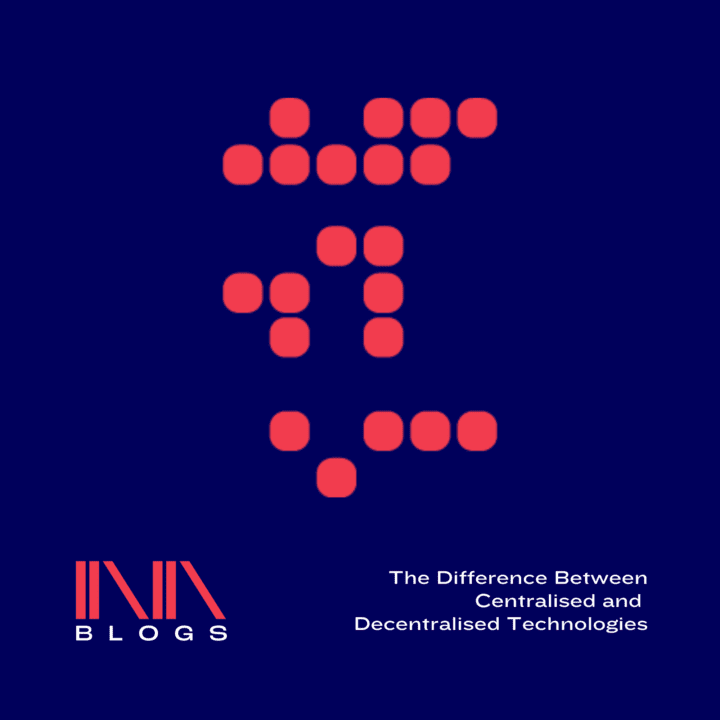
In an era of rapid technological advancement, the world of finance is undergoing a profound transformation, marked by the ascendancy of Digital Payments. As traditional methods of transactions take a backseat, digital payments are asserting their dominance, revolutionising the way we manage our money. This comprehensive guide delves into the nuances of digital payments, highlighting their advantages, security measures, and the imminent trends that are reshaping the landscape of global financial interactions.
Digital Payments: A New Paradigm in Finance
Digital payments entail the electronic transfer of funds, enabling individuals and businesses to seamlessly conduct financial transactions through online platforms. This paradigm shift towards digitization brings forth a host of benefits, making it the preferred choice for an increasingly tech-savvy population.
Advantages of Embracing Digital Payments
The appeal of digital payments lies in their inherent advantages, catering to the diverse needs of modern consumers. Here’s a closer look at the benefits:
1. Unparalleled Convenience
Gone are the days of queuing at banks or ATMs. With digital payments, the convenience of transferring money is a few clicks away. From settling bills to online shopping, the process is streamlined and hassle-free.
2. Robust Security Measures
Digital payment platforms employ state-of-the-art security measures, including encryption and multi-factor authentication, ensuring the confidentiality of transactions and safeguarding against unauthorised access.
3. Real-time Transactions and Confirmations
Digital payment methods facilitate real-time transactions, providing instant confirmation for payments. This instantaneous nature is particularly valuable for time-sensitive transactions.
4. Holistic Financial Management
Digital payments enhance personal and business financial management. Through apps and online platforms, users can track their spending, categorise transactions, and gain insights into their financial behaviours.
5. Enabling Digital Economies and Global Trade
The rise of digital payments contributes to the evolution of cashless or digital economies, reducing dependence on physical currency. Additionally, these methods empower businesses to engage in cross-border transactions effortlessly.
6. Environmentally Conscious
The shift towards digital payments reduces paper waste and contributes to a greener environment. This aligns with sustainable practices and underscores social responsibility.
7. Incentives and Rewards
Many digital payment platforms offer incentives like cashback, discounts, and loyalty programs, providing added value to users and encouraging their adoption.
Ensuring Security in Digital Payment Transactions
As digital payments gain traction, concerns about security come to the fore. It’s imperative to understand the robust security measures in place to safeguard transactions:
1. Encryption: Fortifying Data Privacy
Digital payment platforms utilise advanced encryption protocols to encode sensitive data during transmission, ensuring its protection from potential breaches.
2. Multi-factor Authentication (MFA)
MFA adds an extra layer of security by requiring users to provide multiple forms of verification before authorising a transaction. This could involve passwords, devices, or biometric data.
3. Tokenisation: Shielding Card Information
Tokenisation replaces sensitive card details with unique tokens, rendering stolen information useless without the corresponding decryption key.
4. Biometric Verification: Uniquely Yours
Many digital payment apps incorporate biometric verification, such as fingerprints or facial recognition, ensuring that only authorised individuals can initiate transactions.
5. Continuous Monitoring and Alerts
Digital payment platforms proactively monitor transactions for anomalies and suspicious activities. Users receive alerts for transactions deviating from their normal spending patterns, further enhancing security.
Diverse Methods of Digital Payments
The realm of digital payments offers a diverse array of methods catering to individual preferences. Let’s delve into some popular methods:
1. Mobile Wallets: Your Virtual Payment Hub
Mobile wallets like Apple Pay, Google Pay, and Samsung Pay allow users to securely store card information on their smartphones. These wallets facilitate quick and contactless payments at participating merchants.
2. E-Wallets and Online Banking
E-wallets such as PayPal, Venmo, and Skrill offer digital alternatives to physical cash. These platforms enable peer-to-peer transactions, online shopping, and fund transfers.
3. Cryptocurrencies: A Trailblazing Future
Cryptocurrencies like Bitcoin, Ethereum, and Litecoin are gaining traction as decentralised digital currencies. Although still evolving, they provide an alternative means of transaction beyond traditional fiat currencies.
4. Contactless Cards: Tap and Go
Contactless payment cards, denoted by radio wave symbols, enable users to make payments by simply tapping their card on compatible terminals. This method is known for its speed and ease.
5. QR Code Payments
QR code payments have surged in popularity, especially in developing economies. Users can scan QR codes using smartphones to initiate payments, simplifying the transaction process.
6. In-app Purchases and Digital Banking
Mobile apps offered by banks provide comprehensive digital banking experiences. Users can check balances, transfer funds, and make payments seamlessly.
Conclusion
The digital payment revolution is reshaping the financial landscape, bringing forth unparalleled convenience, enhanced security, and an array of options for consumers. From mobile wallets to cryptocurrencies, digital payments cater to diverse needs, enabling seamless transactions and promoting financial responsibility. By embracing innovation and staying informed about the evolving trends, you can confidently navigate the world of digital payments and harness their full potential. The future of finance is digital, and by embracing this transformative shift, you’re embracing a more connected, secure, and efficient financial journey.
Frequently Asked Questions (FAQs)
Are digital payments secure?
Yes, digital payments are secure due to advanced encryption and authentication measures.
Can I use digital payments for international transactions?
Absolutely, digital payments facilitate cross-border transactions efficiently.
Are there fees associated with digital payment transactions?
Some platforms may charge nominal fees, but many transactions are fee-free.
How do I set up a digital payment account?
Setting up an account is straightforward. Download the app or visit the platform’s website, provide the required information, link your payment sources, and you’re ready to go.
What should I do if I encounter an unauthorised transaction?
Contact the digital payment provider’s customer support immediately to report the unauthorised transaction. They will guide you through the necessary steps to resolve the issue.
Can I use multiple digital payment methods simultaneously?
Yes, you can use multiple methods based on your preferences and the platform’s compatibility.









